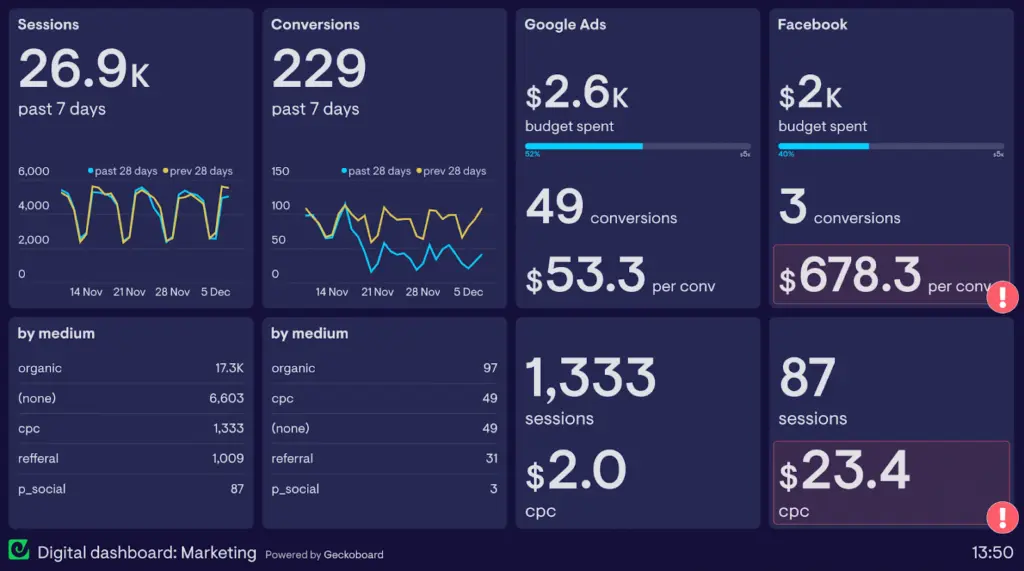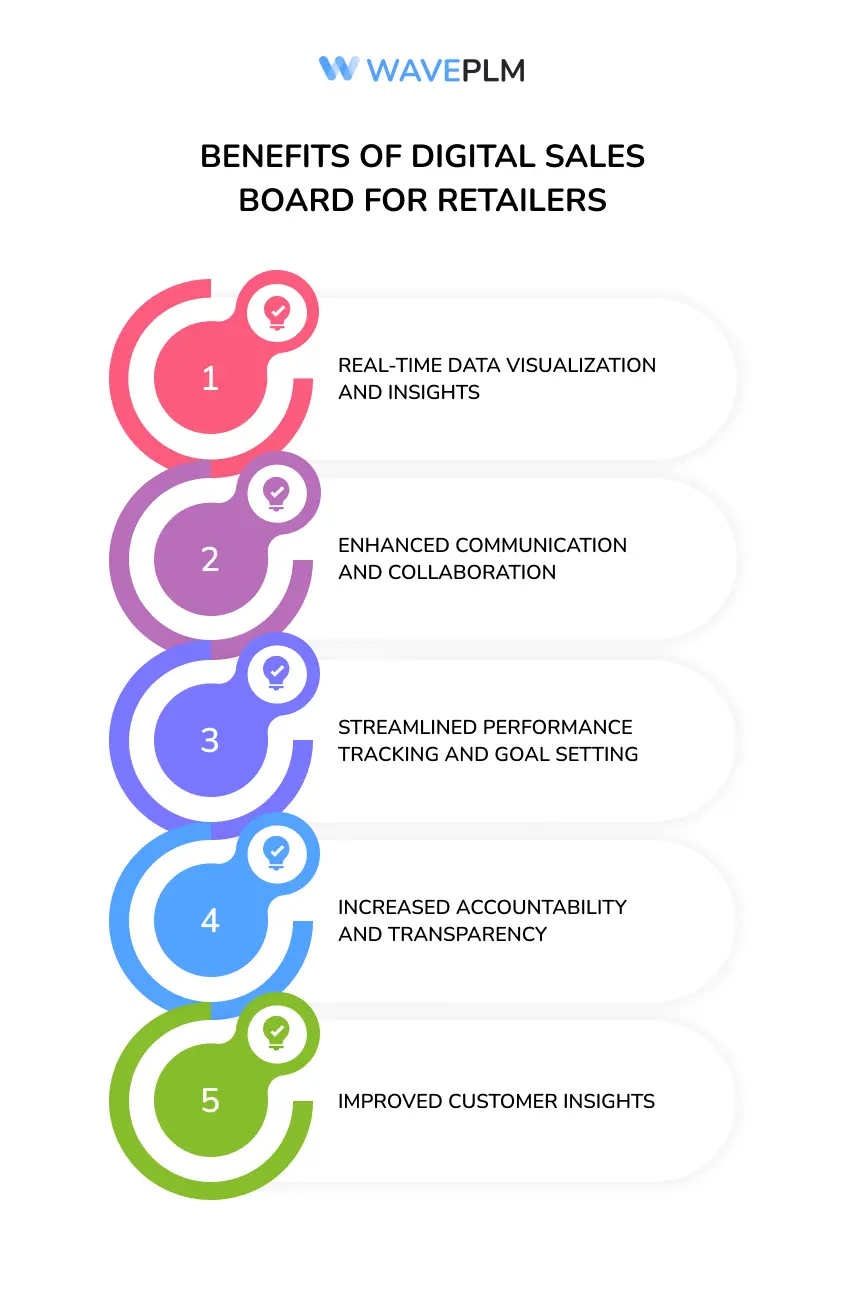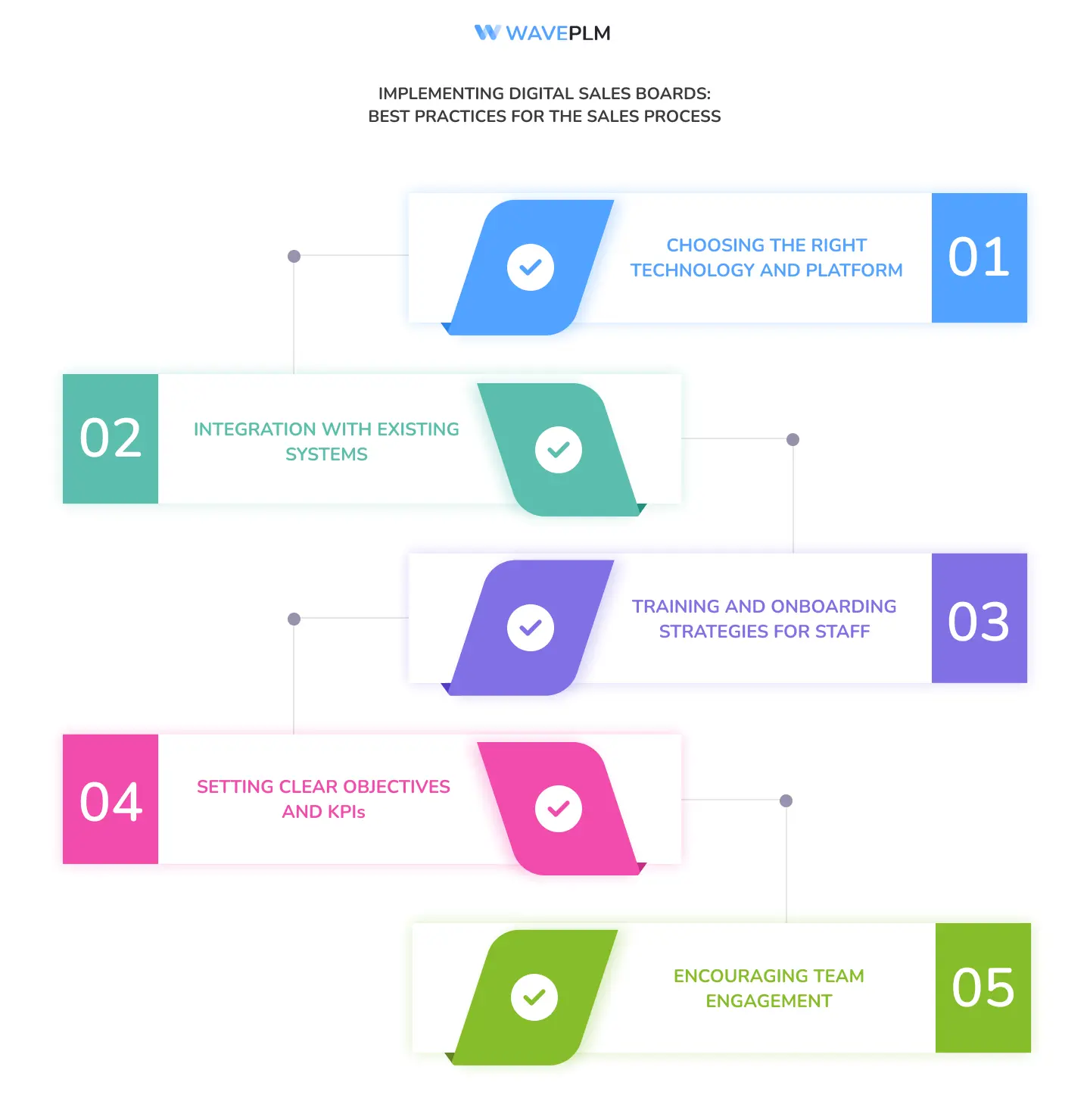In the fast-evolving world of retail, staying ahead of the competition requires leveraging the latest technologies. One such innovation making waves in 2024 is the digital sales board, which is advancing at a rapid pace. The digital sales landscape is constantly evolving, making it crucial for businesses to stay updated with new trends. This powerful tool transforms how retailers manage sales data, collaborate with teams, and drive performance. In this comprehensive guide, we’ll explore the benefits, best practices, and future trends of digital sales boards, illustrating why they are a must-have for modern retailers. Excitingly, Wave PLM is set to introduce its own Sales Planning Tool as part of its PLM system, deploying in autumn 2024.
Introduction to Digital Sales Boards
A digital sales board is a dynamic set of tools, real-time displays of sales data and performance metrics. Unlike traditional static reports, these boards leverage new technologies to provide up-to-the-minute insights, enabling retail teams to make informed decisions quickly. Digital sales boards are revolutionizing the sales process by providing real-time data and insights. As retail moves further into the digital age, the adoption of digital sales board is becoming essential for success.

Benefits of Digital Sales Board for Retailers: Real-Time Data
- Real-Time Data Visualization and Insights
- Dynamic Dashboards: Digital sales boards present sales data in an easily digestible format, allowing teams to spot trends and opportunities as they arise.
- Immediate Decision-Making: Immediate access to performance metrics helps in adjusting strategies on the fly, leading to more agile and responsive sales tactics.
- Predictive Analytics: Artificial intelligence (AI) can provide predictive analytics and deeper insights, enabling highly personalized customer experiences by analyzing data to predict buyer behaviour and preferences.
- Enhanced Communication and Collaboration
- Centralized Data Hub: By centralizing data, digital sales boards foster better communication among team members, ensuring everyone is on the same page.
- Improved Teamwork: Teams can collaborate more effectively, with shared goals and real-time updates enhancing teamwork and productivity.
- Immersive Presentations: Augmented reality (AR) can make product presentations more immersive and engaging, transforming the way products and services are presented to customers.
- Streamlined Performance Tracking and Goal Setting
- Visual Goal Tracking: Setting and tracking sales goals becomes more straightforward with visual representations of targets and progress.
- Motivated Teams: Regular updates keep the team motivated and focused, driving them towards achieving their sales objectives.
- Enhanced Sales Efforts: Tracking and improving sales efforts is crucial for identifying sales mistakes, implementing sales strategy, and keeping sales momentum going.
- Increased Accountability and Transparency
- Clear Metrics: Clear, transparent metrics hold teams accountable for their performance.
- Fair Evaluation: Performance evaluations are based on real-time data, ensuring fairness and accuracy.
- Improved Customer Insights
- Behaviour Analysis: Digital sales boards can integrate with CRM systems to provide deeper insights into customer behaviour and preferences.
- Personalized Experiences: Retailers can use this data to tailor marketing strategies and improve customer experiences.

Implementing Digital Sales Boards: Best Practices for the Sales Process
- Choosing the Right Technology and Platform
- Compatibility: Select a digital sales board solution that integrates seamlessly with your existing systems, such as your CRM, ERP or PLM.
- Scalability: Ensure the platform is user-friendly and scalable to accommodate future growth and technological advancements.
- Customization: Opt for solutions that allow customization to fit your specific business needs.
- Integration with Existing Systems
- Seamless Data Flow: A smooth integration process is crucial for leveraging the full potential of digital sales boards.
- Collaboration with IT: Work closely with your IT team or service provider to ensure all systems are compatible and data flows seamlessly between them.
- Regular Updates: Keep the system updated to incorporate new features and maintain security.
- Training and Onboarding Strategies for Staff
- Comprehensive Training: Invest in comprehensive training programs to help your sales team get acquainted with the new system.
- Ongoing Support: Provide ongoing support and resources to address any issues and ensure maximum adoption and utilization.
- Feedback Loops: Establish feedback mechanisms to continuously improve the use of digital sales boards based on user experiences.
- Setting Clear Objectives and KPIs
- Define Goals: Clearly define what you aim to achieve with digital sales boards.
- Track Progress: Use specific, measurable KPIs to track progress and adjust strategies as needed.
- Sales Targets: Set clear sales targets and align them with performance metrics to ensure your goals are met.
- Regular Reviews: Conduct regular performance reviews to ensure objectives are being met and to identify areas for improvement.
- Encouraging Team Engagement
- Interactive Features: Utilize interactive features to engage team members and encourage active participation.
- Recognition Programs: Implement recognition programs to reward high performers and motivate others.

Case Studies: Success Stories with Digital Sales Boards
- Retailer A: Boosting Sales Efficiency
Impact: By implementing digital sales boards, Retailer A saw a 20% increase in sales efficiency.
Strategy: Real-time data allowed the team to identify underperforming areas and address them promptly. The digital sales boards were customized for the specific industry of retail to boost sales efficiency.
- Retailer B: Enhancing Team Collaboration
Impact: Retailer B used digital sales boards to improve communication across different store locations.
Strategy: The centralized data platform led to better-coordinated marketing campaigns and a 15% increase in overall sales.
Future Trends: The Evolution of Digital Sales Boards with New Technologies
- Innovations to Watch in 2024 and Beyond
- AI Integration: Integration of AI and machine learning to provide predictive analytics and deeper insights.
- Enhanced UI: Enhanced user interfaces and data visualization techniques for more intuitive data interpretation.
- Virtual Reality: Integration of virtual reality (VR) in digital sales boards to enhance product presentations and make customer interactions more immersive and engaging.
- Predictive Insights: AI-driven insights can help anticipate market trends and consumer behaviours, allowing for more proactive sales strategies.
- Optimized Operations: Machine learning algorithms can optimize inventory management and personalize customer experiences.
- Predictions for the Future of Retail
- Strategic Decision-Making: As digital sales boards evolve, they will become more integral to strategic decision-making for sales teams in retail.
- Competitive Edge: Retailers who adopt these technologies early will gain a competitive edge, leveraging data to drive innovation and growth.
Conclusion: The Strategic Advantage of Digital Sales Boards
In summary, the digital sales board is a revolutionizing tool in the retail landscape in 2024. They provide real-time insights, enhance team collaboration, and streamline performance tracking, making them indispensable for modern retailers. By implementing digital sales boards, retailers can stay ahead of the curve, drive performance, and achieve their sales goals more effectively.
Excitingly, Wave PLM is introducing its own Sales Planning Tool as part of the Wave PLM system, set to deploy in autumn 2024. This new tool promises to integrate seamlessly with digital sales boards, offering an all-in-one solution for sales planning and performance tracking.
Embrace the future of retail with digital sales boards and unlock new levels of success for your business.





Leave a Reply